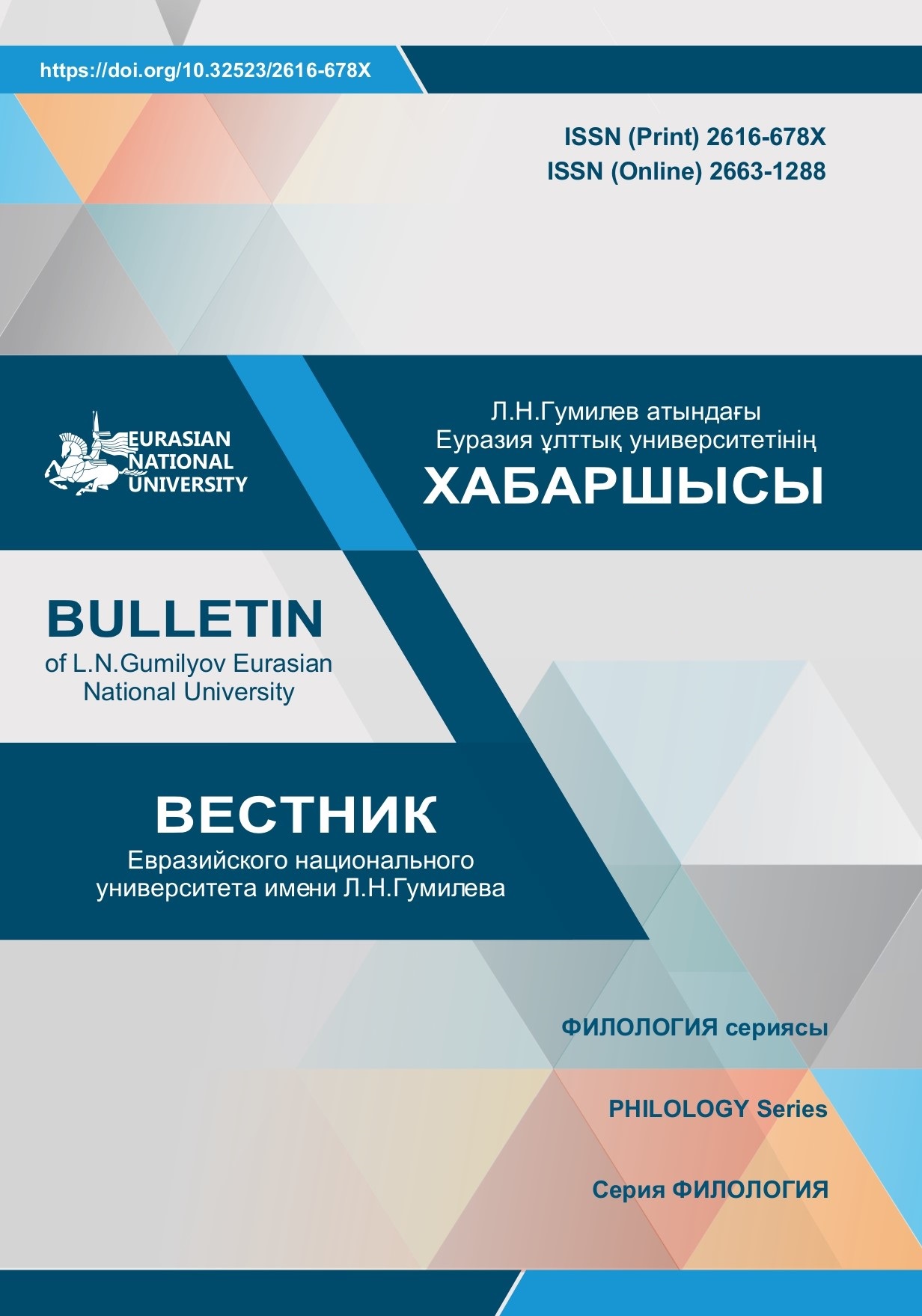“False friends” of the translator as asymmetric dialexemes, causes of occurrence
Views: 212 / PDF downloads: 299
DOI:
https://doi.org/10.32523/2616-678X-2022-138-1-164-172Keywords:
translation discrepancies, linguistic asymmetry, similarity, apparent identity, typologyAbstract
The article deals with the phenomenon of linguistic asymmetry, which
implies an erroneous translation of the language units of the source language due to the
phonetic similarity with the units of the translating language. The author addresses the
problem of similarity and apparent identity in the analysis of several typologies
developed by scientists. From the point of view of the content plan, the following
features of interlanguage synonyms can be distinguished: coincidence in some meanings
and discrepancy in others; generic meaning in one language, specific meaning in
another; discrepancies related to the transmission of realities; differences in stylistic
characteristics; differences in lexical compatibility. From the point of view of the plan of
expression, the disparity in some synonyms and the equivalence of the volumes of
concepts are noticeable in others. The last group is words that have different meanings
but belong to the same semantic field. These functional interferents clearly show the
following logical and semantic relationships: causal, based on size, common functioning,
based on the manufacturing process, etc.







